
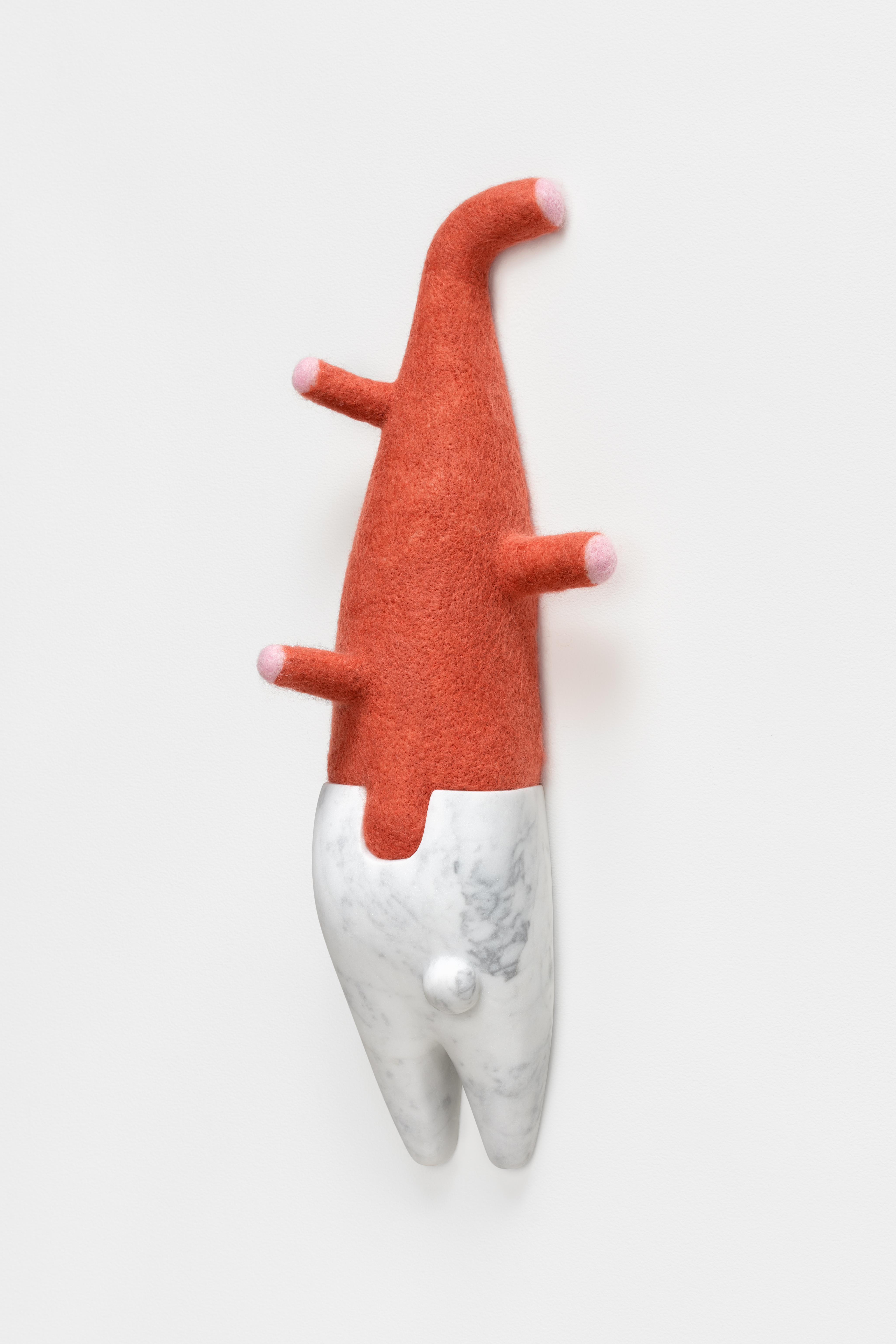 I am a first generation college student with not one but two degrees in sculpture. I feel this is important to mention because being a first generation college student allowed me the freedom to get a “useless” degree in art or whatever I wanted without any parental pressure. College simply wasn’t prioritized in my family; it was a place people went to lose their religion and thus not a destination my family wished me to set sights on. The only reason I actually ended up in college was due to encouragement and assistance from a puzzled high school counselor who couldn’t figure out why someone with a 4.0, enrolled in college prep courses, wouldn’t be planning on attending college.
I am a first generation college student with not one but two degrees in sculpture. I feel this is important to mention because being a first generation college student allowed me the freedom to get a “useless” degree in art or whatever I wanted without any parental pressure. College simply wasn’t prioritized in my family; it was a place people went to lose their religion and thus not a destination my family wished me to set sights on. The only reason I actually ended up in college was due to encouragement and assistance from a puzzled high school counselor who couldn’t figure out why someone with a 4.0, enrolled in college prep courses, wouldn’t be planning on attending college.
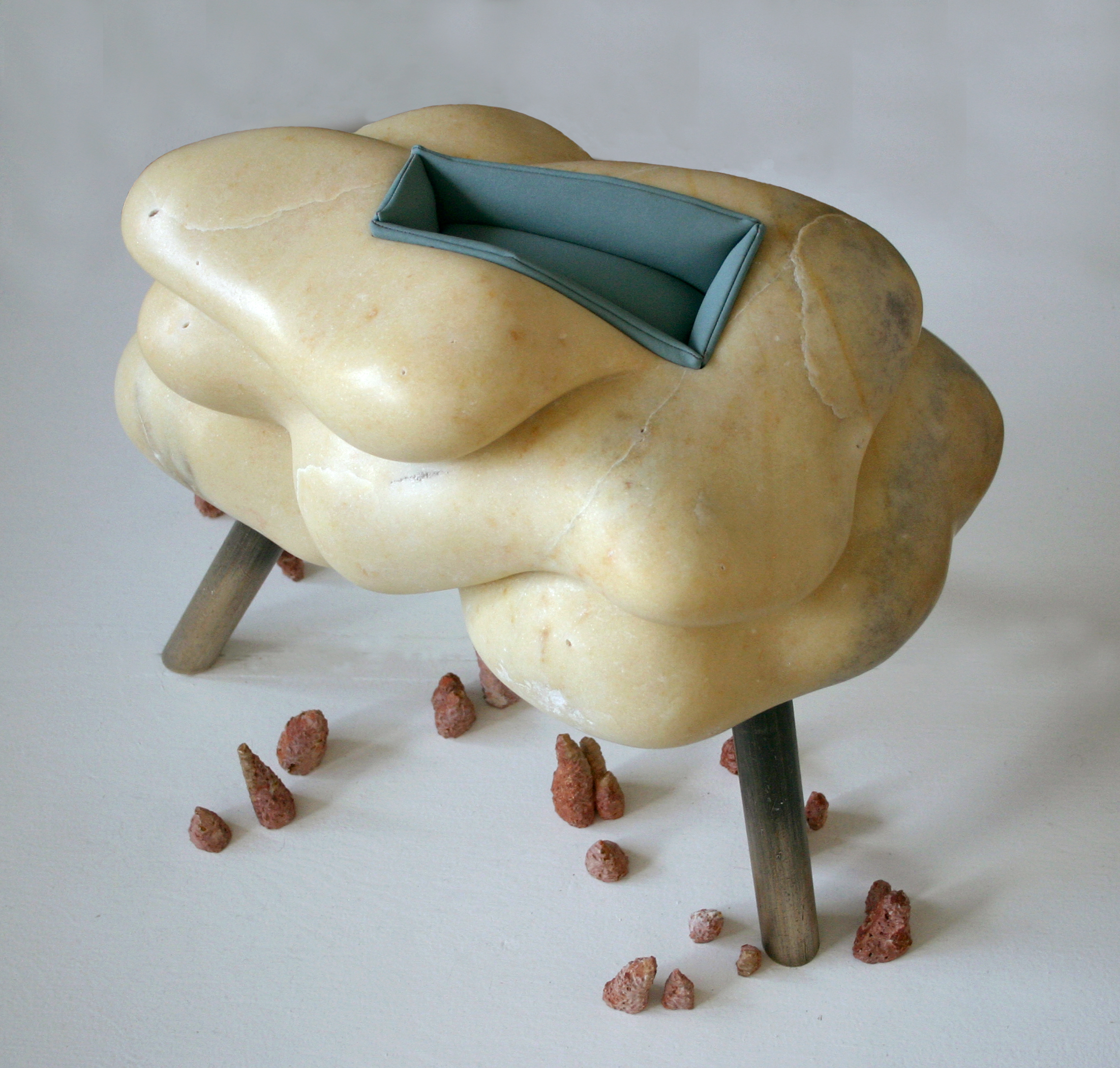 In college, I was required to take a sculpture course. I put it off until the last possible moment, completely clueless that it held my destiny. That first day of class, when my hands touched clay,
In college, I was required to take a sculpture course. I put it off until the last possible moment, completely clueless that it held my destiny. That first day of class, when my hands touched clay,
I knew my life would be forever changed. I immediately began creating work in series from whatever material I could get my hands on. My instructor, exasperated by my refusal to hollow out my large clay forms (claiming truth to material as my philosophical line in the sand), handed me a brochure for a summer stone carving workshop at the University of Oregon. Eager for more information and material knowledge I enrolled and met Laura Alpert, Kazutaka Uchida, Tom Urban, Dan Michael and David Miller. It was an exhilarating 10-day hands-on experience! I loved learning from these incredible artists and ended up returning to University of Oregon to achieve a Master of Fine Arts in Sculpture. 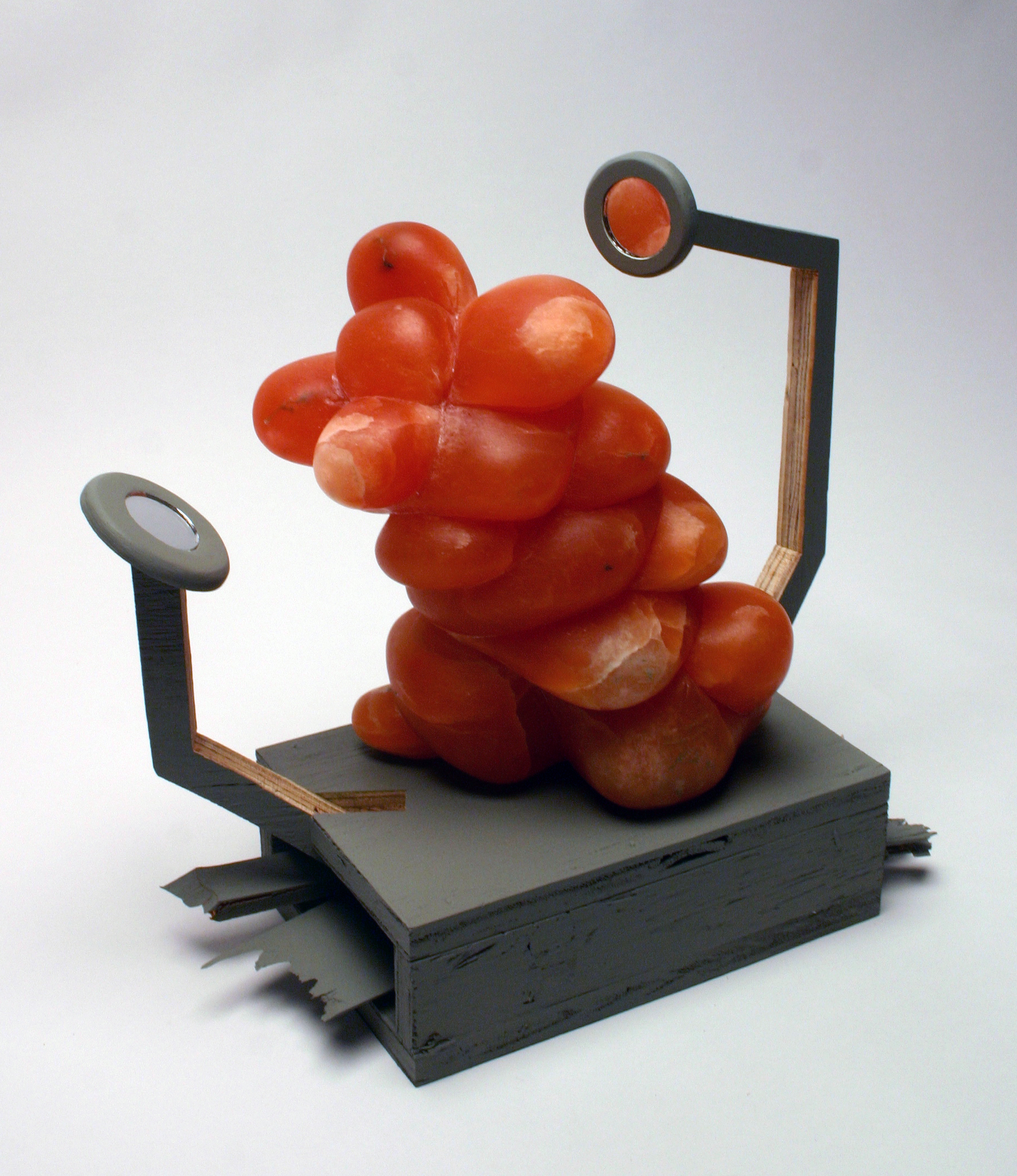
Upon graduation in 2004, Tom Urban and LeeAnn Peterson convinced me (more accurately they hounded me and wouldn’t take “no” for an answer), that I needed to go to Washington to participate in a stone carving symposium. This was my introduction to NWSSA. I know you can all relate to that mind blowing experience of seeing 80+ people on a field with pop-up tents, power tools humming and dust blowing. I couldn’t believe how incredibly generous with time, tools and information this motley crew of stone addicts was. I fell head-over-heels in love with the NWSSA Tribe and vowed to help in whatever way I could: field set-up, auction, registration, t-shirt & brochure design, recruiting and eventually assisting the director of Silver Falls Symposium until I relocated to California in 2010.
Moving to California proved good for my productivity. I am able to carve stone all year round and have been incredibly prolific over the last ten years, continuing to experiment, challenge and improve my skills each year. I always work on several pieces at once, that way if I get stuck I can work on another piece while I consider how to solve problems with the other. I don’t think about style at all but I do think about formal characteristics: form, color, texture, etc. I often use family, friends and relationships in general for inspiration. I like to make work that is intentionally awkward and that references more than one thing because that is how I see our humanity. I am interested in making objects that cause me (and perhaps others) to think differently. 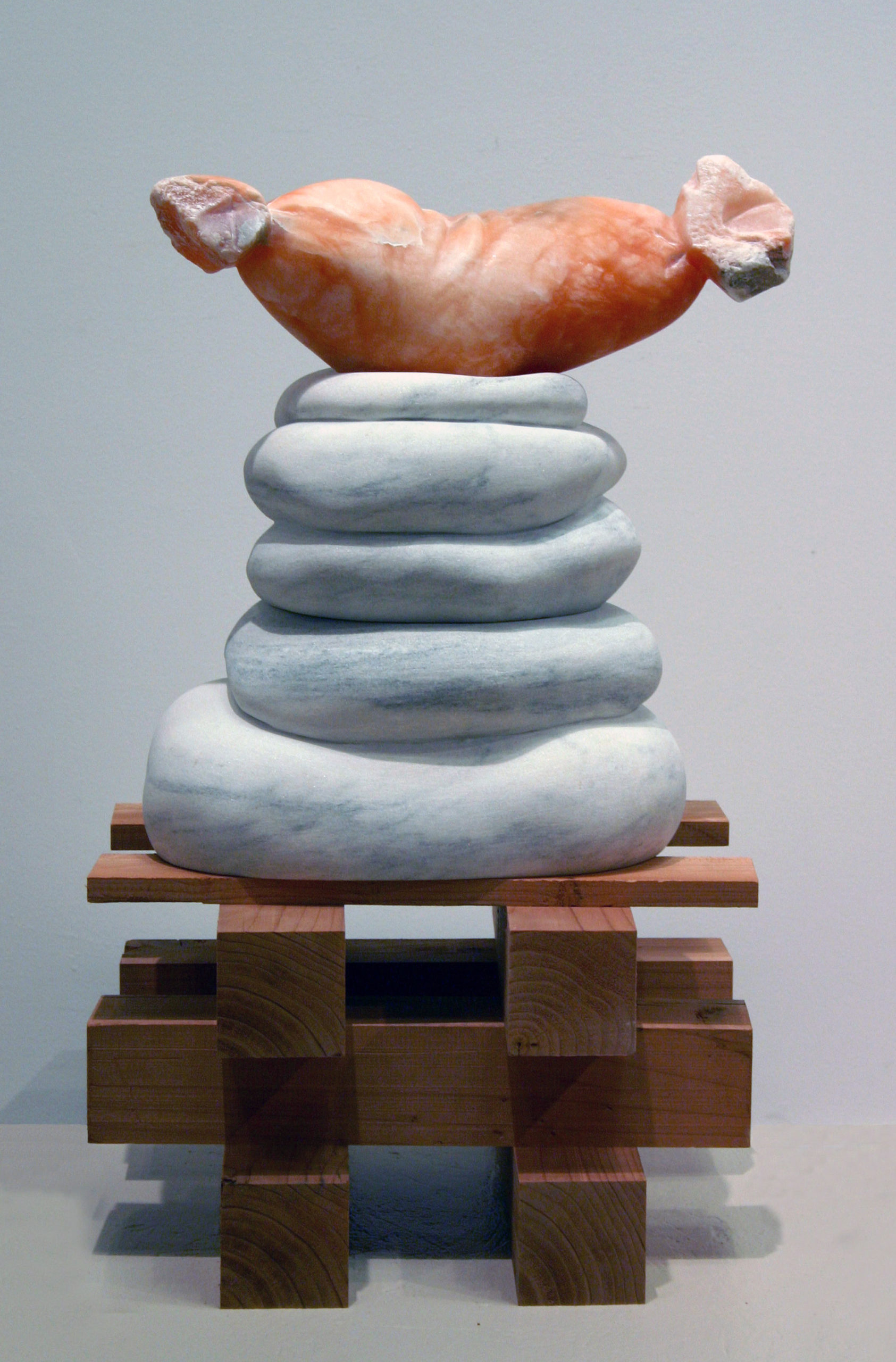
Teaching has been a huge part of my life and artistic practice. I currently teach sculpture for the City College of San Francisco. And I very well might be the only instructor left in the Bay Area that teaches stone carving. What I enjoy most about teaching is introducing students to new ideas, concepts, materials, skills, and artists – I feel that a big part of my job as an instructor is to get them excited about making.
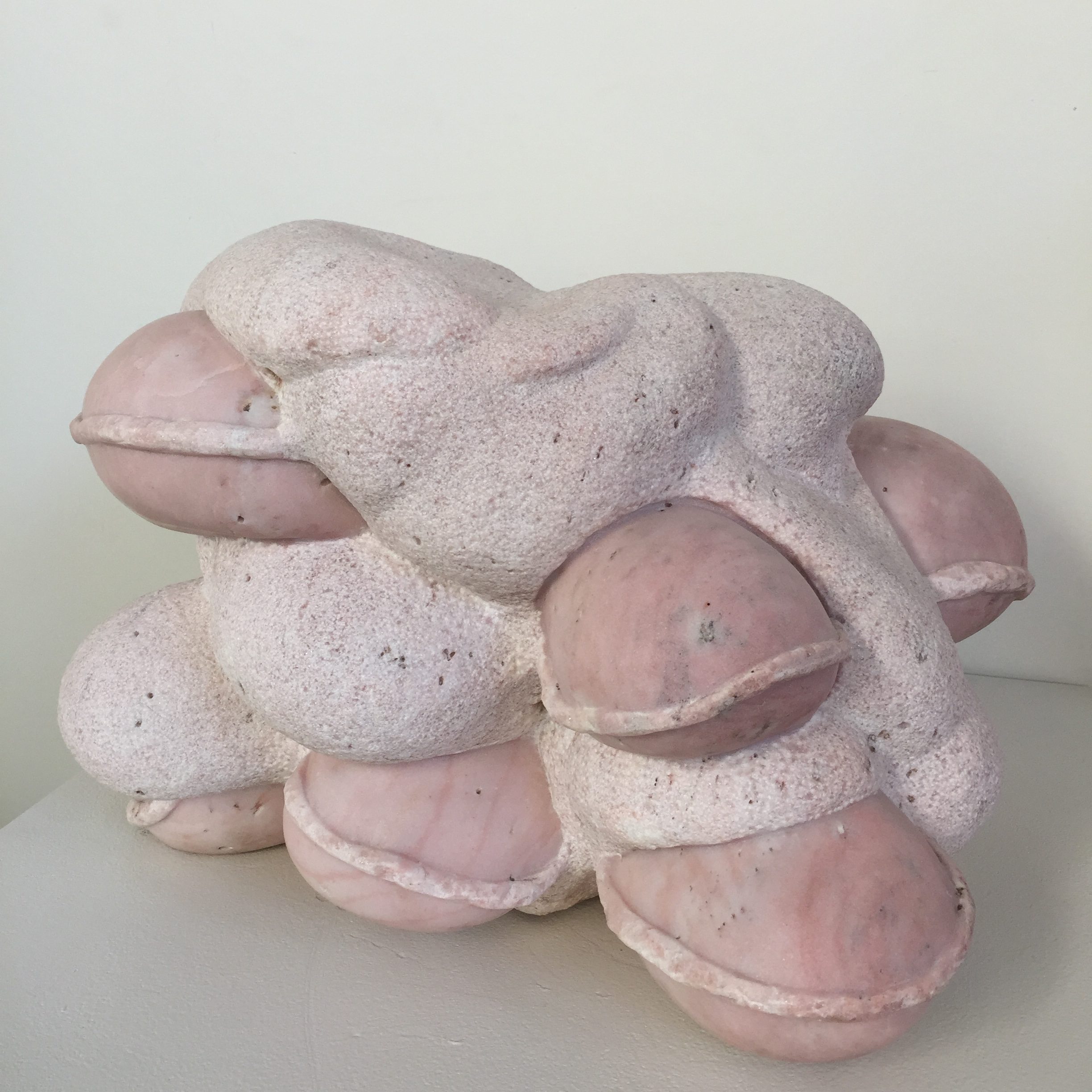 Having knowledge of, and access to, amazing artists work is a gift that challenges me to strive for greatness. A few of the artists that have influenced me over the years are: Louise Bourgeois for her ability to skillfully work with any material and for the narrative quality of her work; Jessica Stockholder for her dedication to formal elements, fearlessness, and propensity for rule breaking. Whenever I am being too cautious, or conforming to expectations, I ask myself “what would Jessica Stockholder do?” Rachel Feinstein uses humor and familiar materials to bring us something new. Her work has a cartoon or animated quality that I admire. I find the organic forms of Richard Deacon compelling. He is a great example of someone who works hard and is extremely prolific. I am obsessed with Ron Nagels color combinations, textures, and small but powerful forms. I like to look for artists that use materials in interesting and unusual ways.
Having knowledge of, and access to, amazing artists work is a gift that challenges me to strive for greatness. A few of the artists that have influenced me over the years are: Louise Bourgeois for her ability to skillfully work with any material and for the narrative quality of her work; Jessica Stockholder for her dedication to formal elements, fearlessness, and propensity for rule breaking. Whenever I am being too cautious, or conforming to expectations, I ask myself “what would Jessica Stockholder do?” Rachel Feinstein uses humor and familiar materials to bring us something new. Her work has a cartoon or animated quality that I admire. I find the organic forms of Richard Deacon compelling. He is a great example of someone who works hard and is extremely prolific. I am obsessed with Ron Nagels color combinations, textures, and small but powerful forms. I like to look for artists that use materials in interesting and unusual ways. 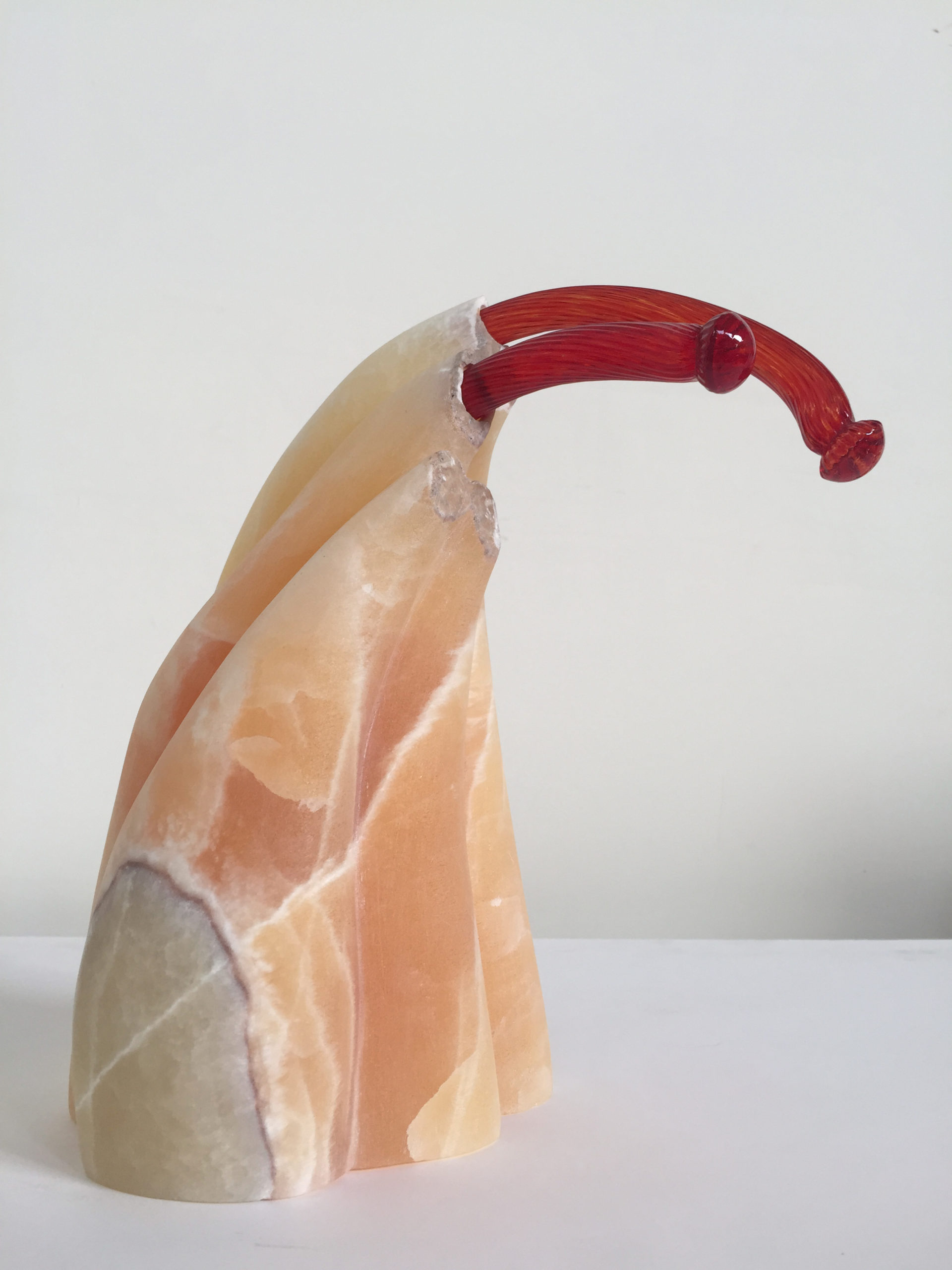
What interests me most about sculpture is how it engages the audience in a physical way. It responds to the body. I love the complexity three-dimensional work has– a sculpture can look completely different from the first view but as you walk around the composition changes. Sculpture for me is about tangibility and transformation. It involves technique, knowledge of materials and practice. Being able to manipulate materials with your hands, transforming it into something else, is a magical process and an extremely educational one. Every time I make something I learn something and it inspires the next thing. Creating an intimate relationship with materials slows one down and can generate a different level of thinking, one that our convenience-based society does not often engage in. Exploring materials with your hands also engages body or muscle memory – a different way of storing knowledge. Making and focusing on craft has the ability to conjure up collective material knowledge and experiences. It causes one to reevaluate objects; how things are made takes on new meaning. I work in a variety of material but stone is always there as a constant. I like using materials that are familiar in unexpected ways. I have always been attracted to forms that are in direct opposition to each other or challenge their final aesthetic/functional appearance: I have intentionally carved stone to appear soft, or sewn fabrics to appear rigid and architectural.
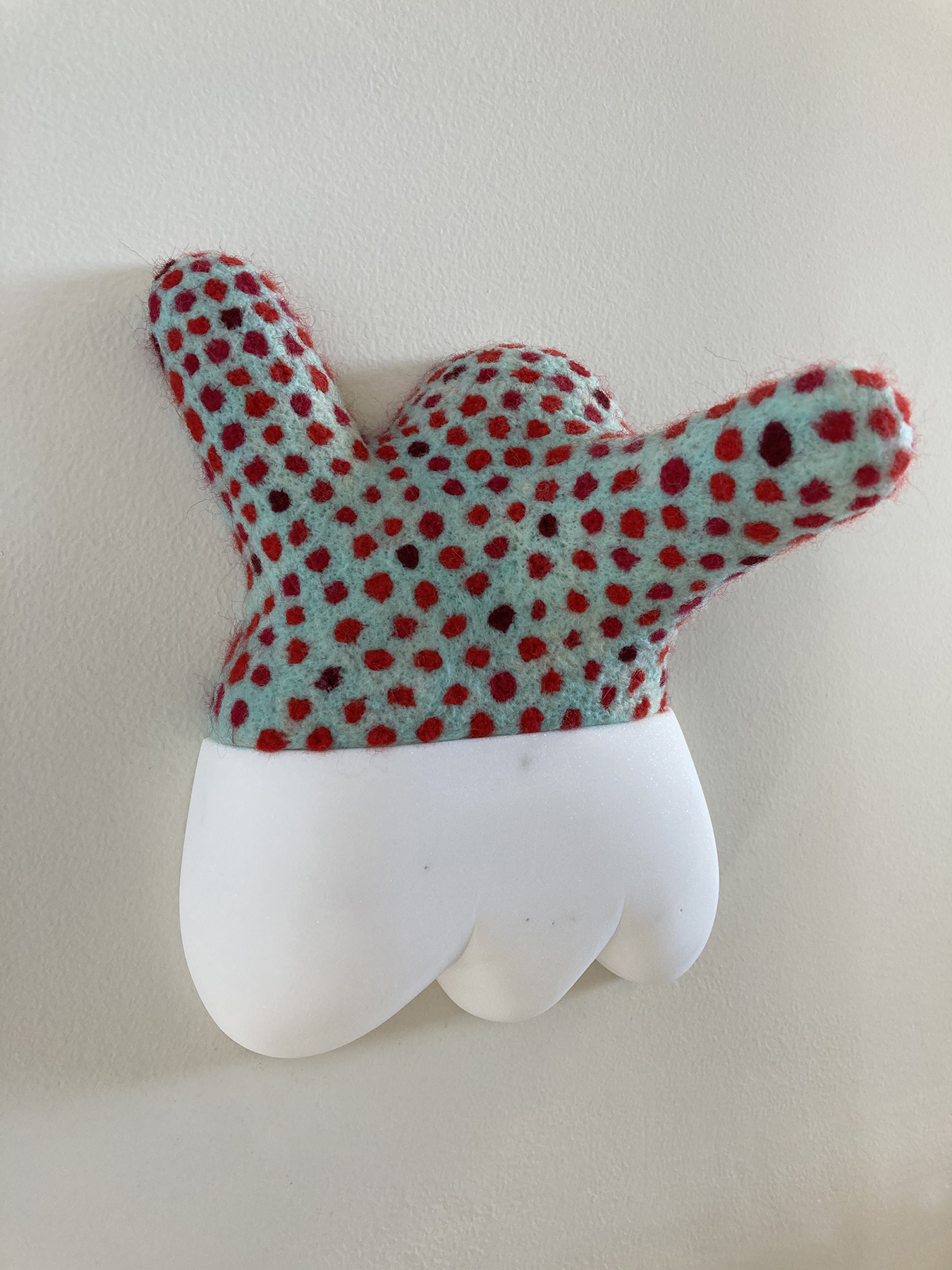
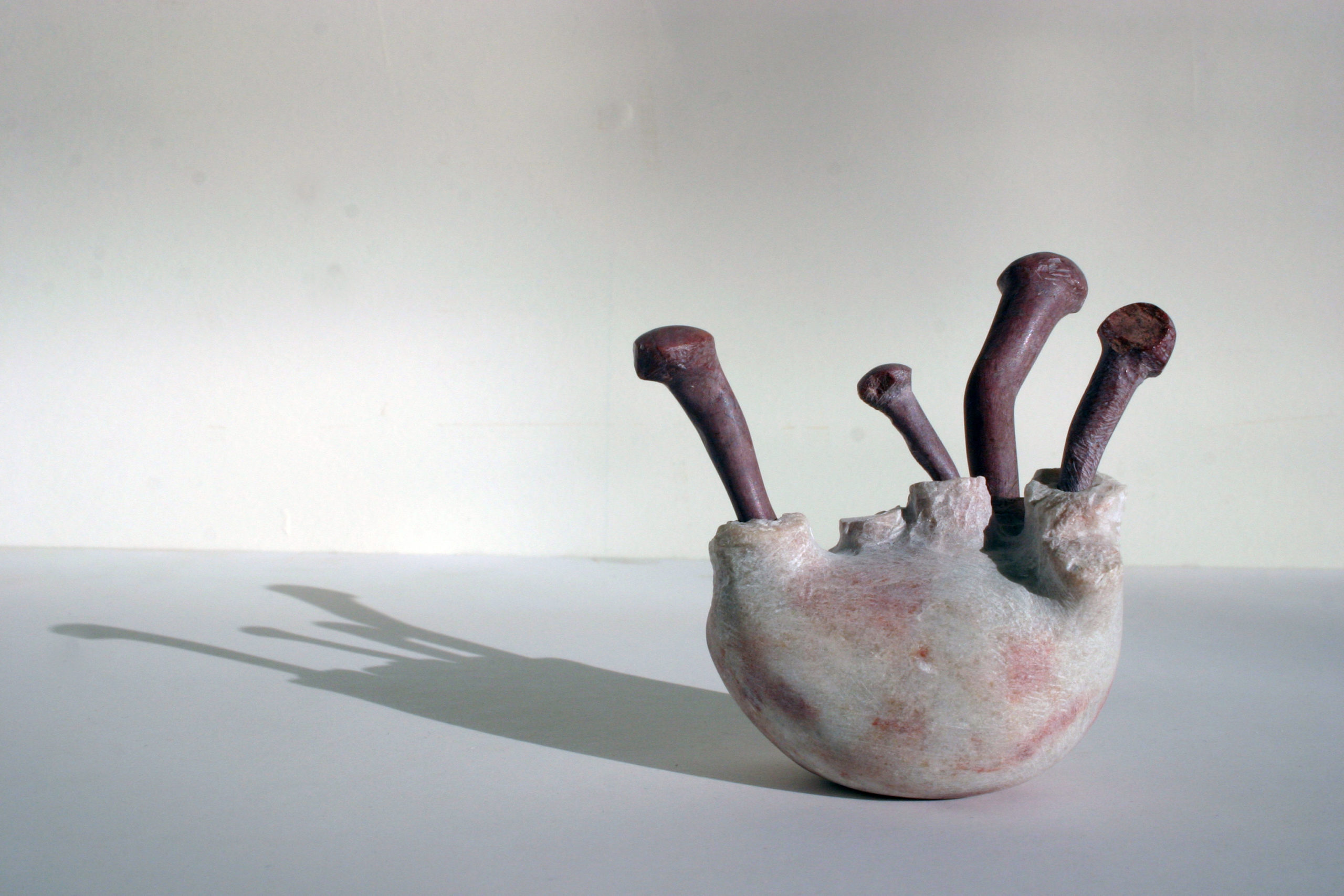
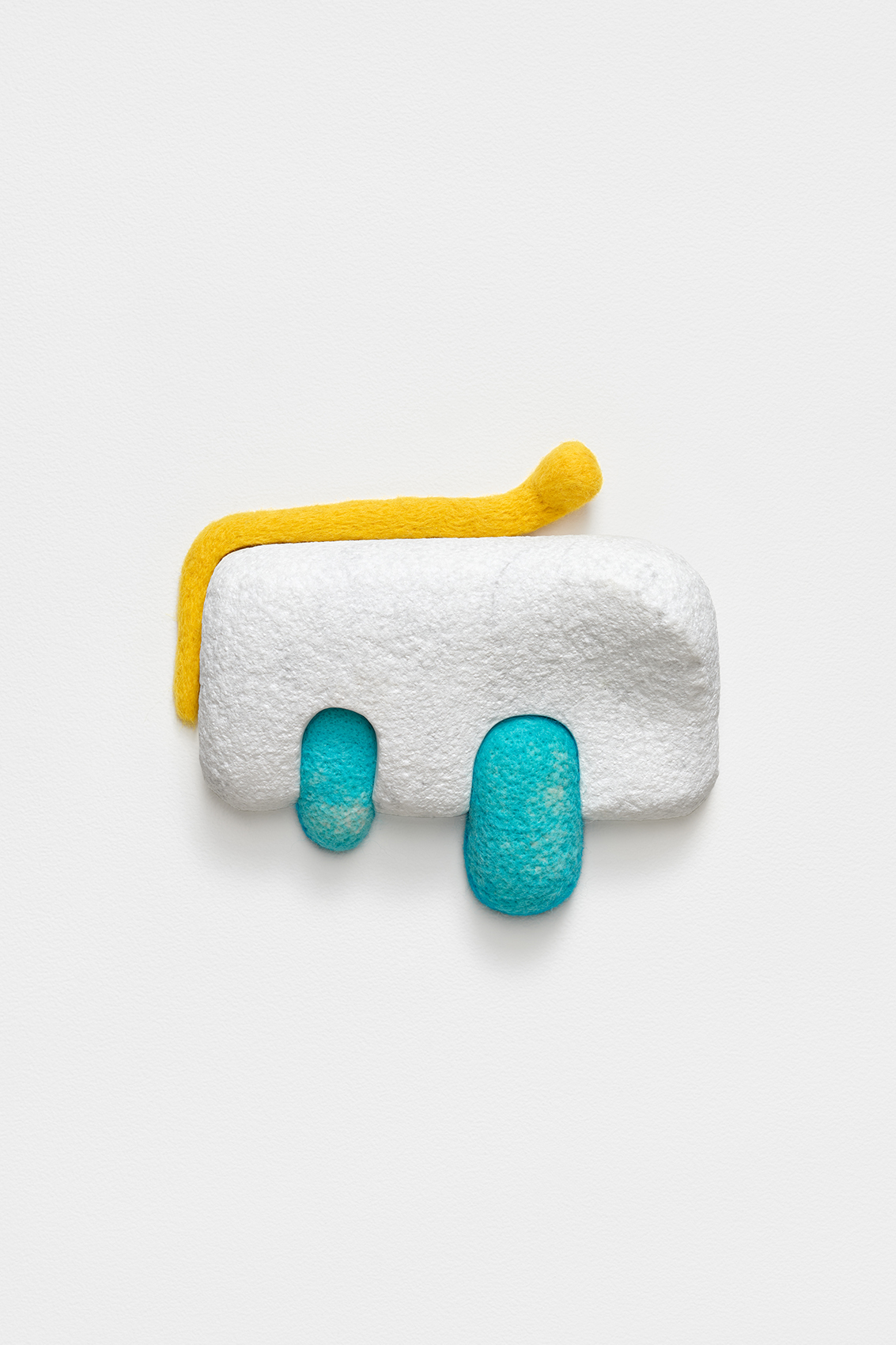
My latest series of work consists of mostly wall pieces that combine traditional stone carving and the process of needle felting wool. Many of these pieces are marble (which is a material that I absolutely love). I find that I can play and experiment with marble in ways that I cannot in other materials. Wool is a fairly new material for me. I have only been experimenting with it for about two years. The process of needle felting is amazingly versatile; it can be worked both additively and reductively. This journey has been exhilarating and I feel stone and wool have so much more to teach me. Both materials are labor intensive and the challenge is keeping the work fresh and not overworked. I find that skill and material knowledge are an investment in exploration and discovery, as well as hard work and practice. I am focusing on forms, materiality, and color with this new work. By merging incongruous materials such as wool and marble, I am able to synthesize organic and geometric, natural and architectural, handmade and the uniform industrial, merging the new with the traditional and ultimately hoping to generate a dialogue that didn’t exist before.
Stephanie Robison
www.stephanierobison.com/

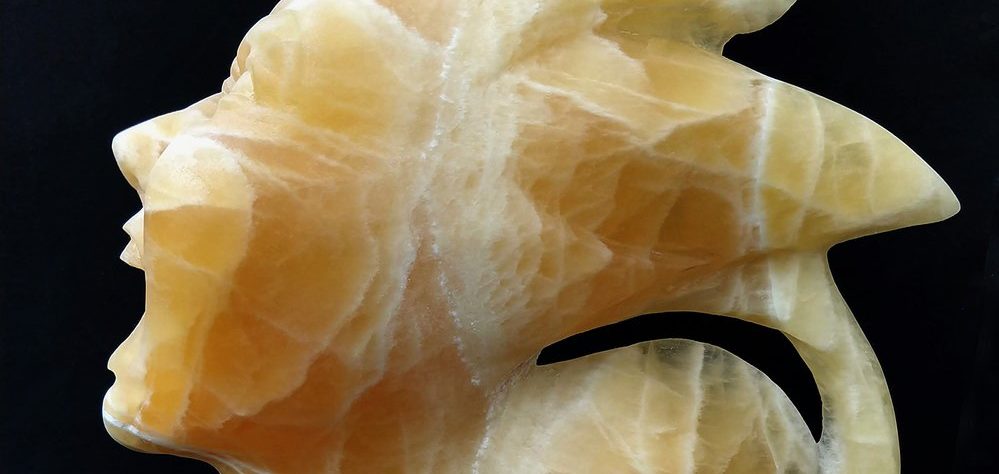
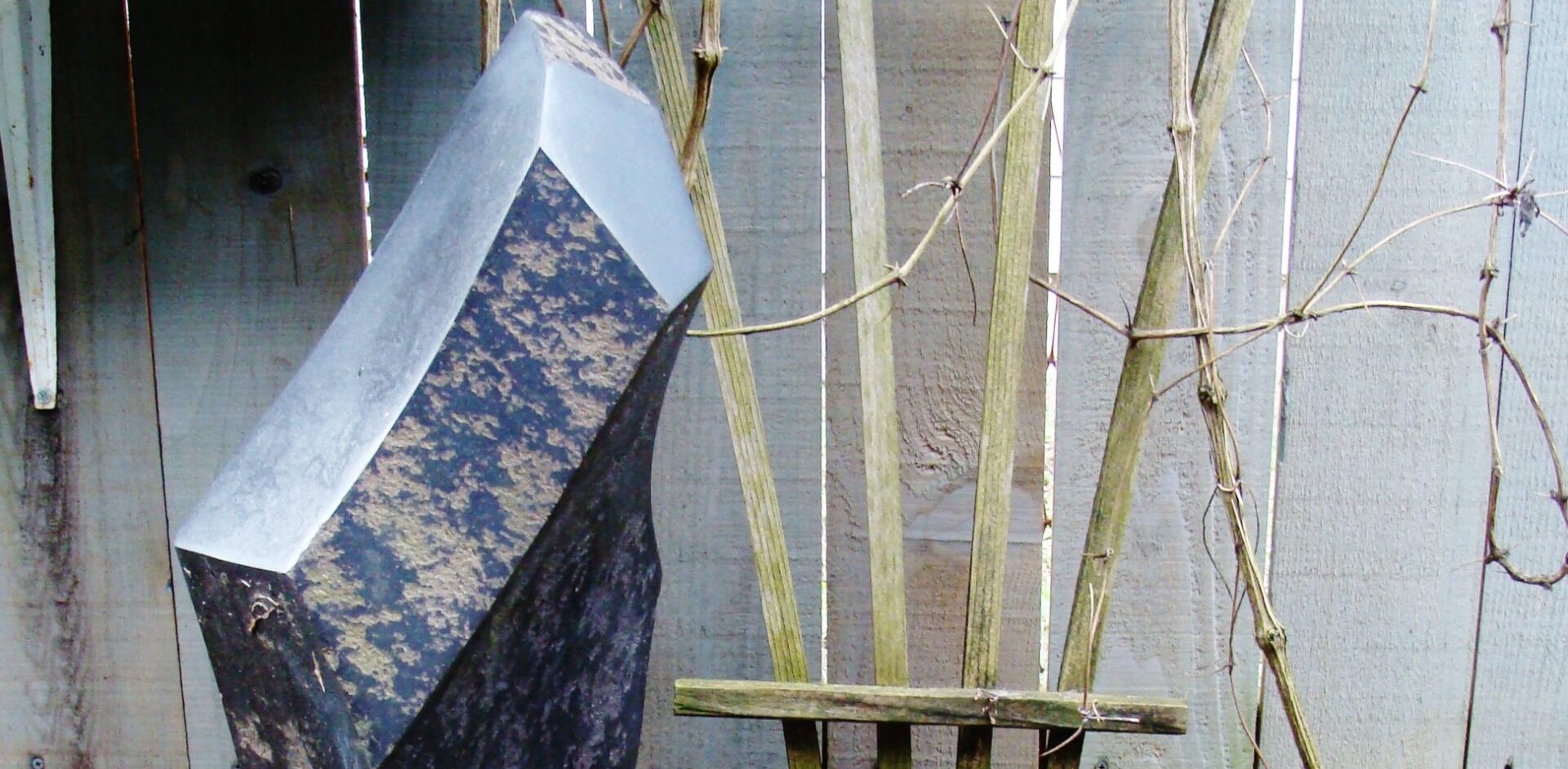


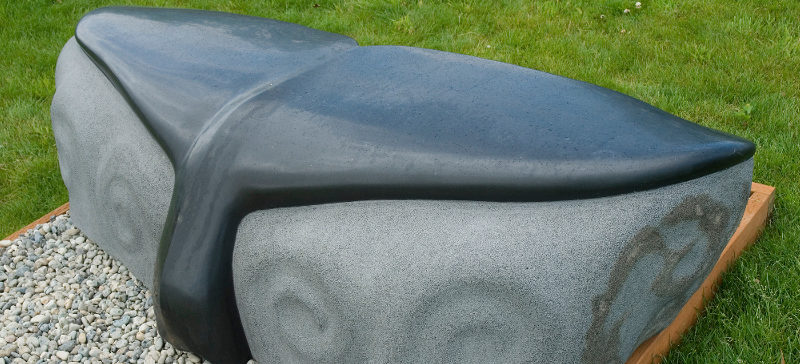

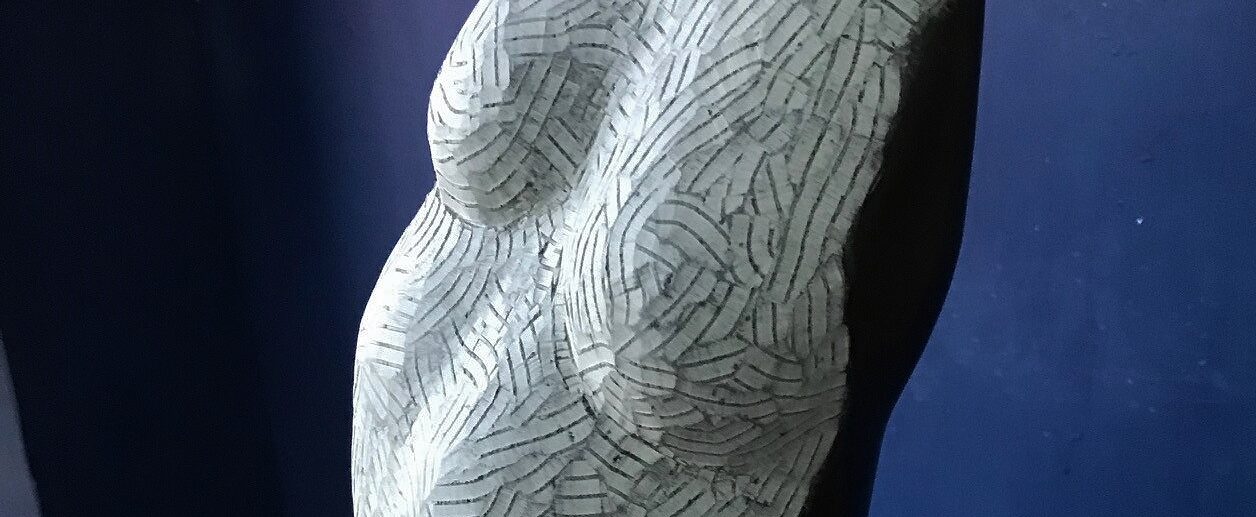


We need some kind of descriptive text here.